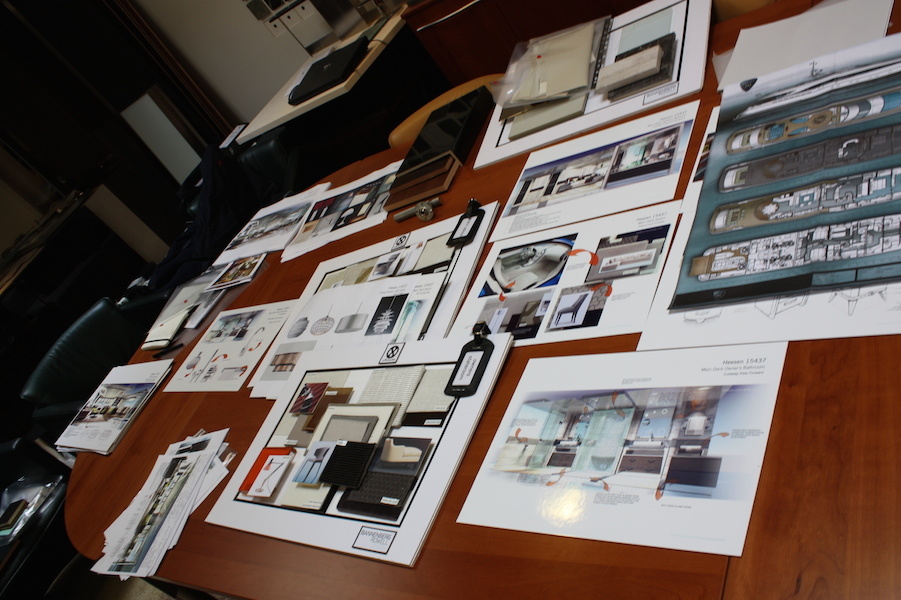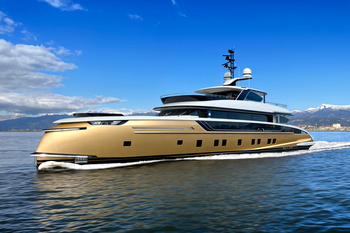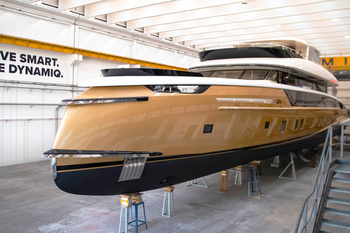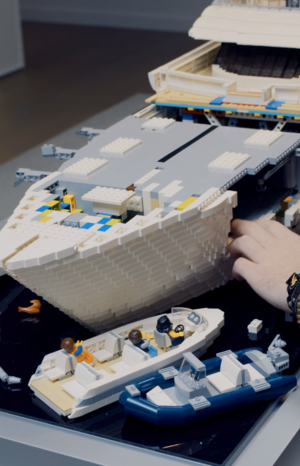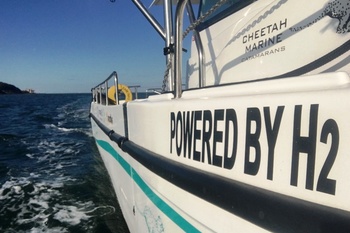We start a series of articles on the construction and operation of large yachts. Denis Perevoznikov, the manager of motor yacht projects, the author of the blog about yachting industry, tells about what happens at the first stages of the megayacht construction process.
- Denis, let's take it in order. There are people who simply do not know where to start realizing their desire to have a yacht. What's your advice?
- I think there's no point in talking about which yacht to choose. It's a matter of personal preference and budget.
It's like a car: there are a lot of models, so you buy them.
- But there is a difference between the manufacturers.
- Yes, of course it does. But it's not as obvious and unambiguous as it seems at first sight. If we talk about a new building, with the correct organization of the construction process, these differences can be reduced to a minimum. If we talk about used yachts, everything depends on many factors, it is a separate big topic.
- Let's not touch her yet. If the client has a burning desire to build his own yacht, where should he go in the first place?
- Trite as it may seem, first he has to choose a company or someone to represent him - the project manager. Each of them has their own working methods. I first meet with the client and find out his preferences. Usually they are reduced to requirements on speed, number of guest cabins, swimming area. At the time of the conversation, the client usually has several models of yachts that he likes, but which require improvement. That's not it, that's not it.
Based on his wishes, we choose a designer and a naval architect. We meet with them, discuss the options, negotiate the terms of their participation in the project, and simultaneously select a shipbuilder and discuss options with him. As a result in 1-2 weeks we prepare for the customer several sketch proposals and approximate budgets for yacht design and construction. We explain the differences, pros and cons, risks.
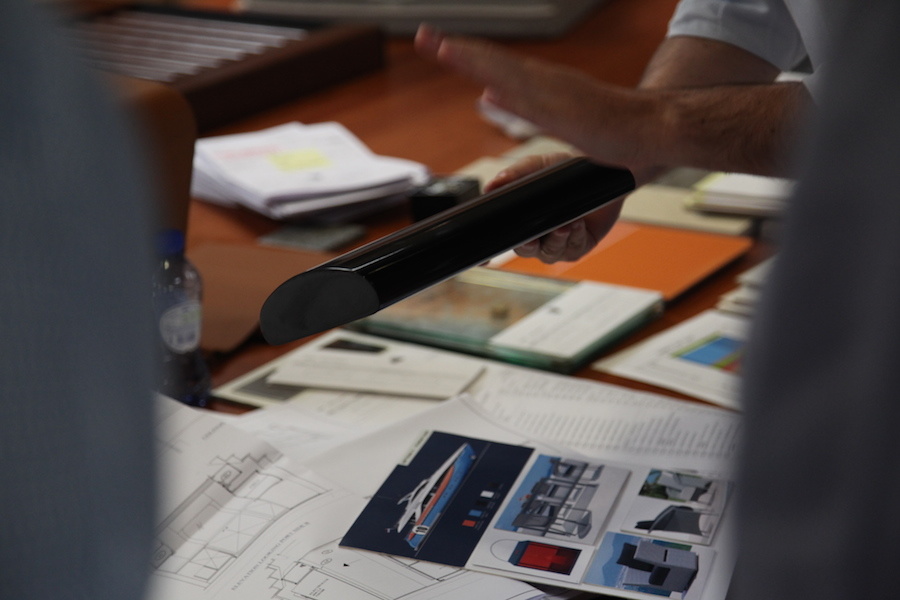
- What should you do when choosing a designer and a naval architect?
- Basically, everything depends on the type of yacht that the customer wants. Some people are very good at displacement yachts, some are very good at semi-displacement yachts and some are the best at designing catamarans. The choice is influenced by the current workload of the designer, his working conditions and, naturally, the price.
Some ask for 1 million Euros (for a 47-metre yacht), others are willing to work for much less money. Same principles for choosing a naval architect.
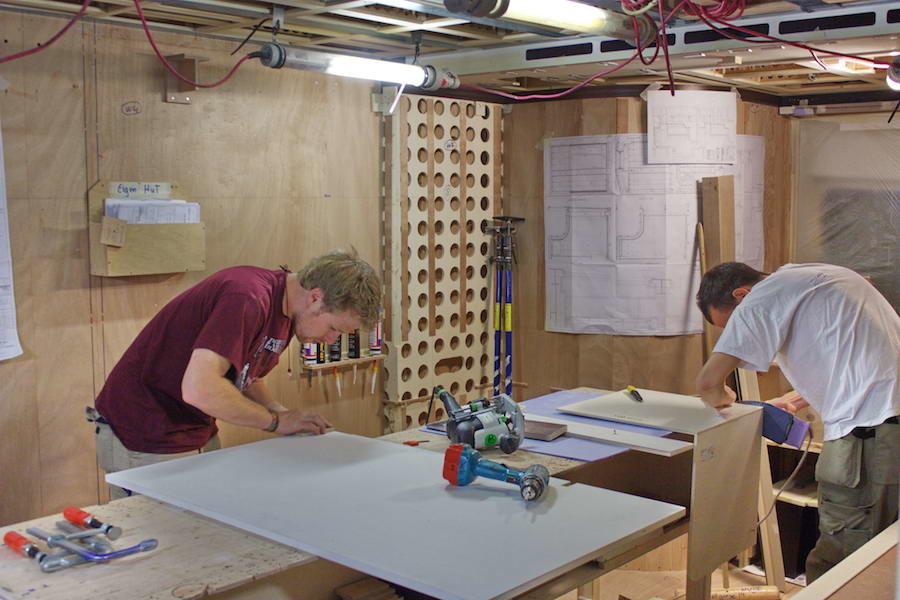
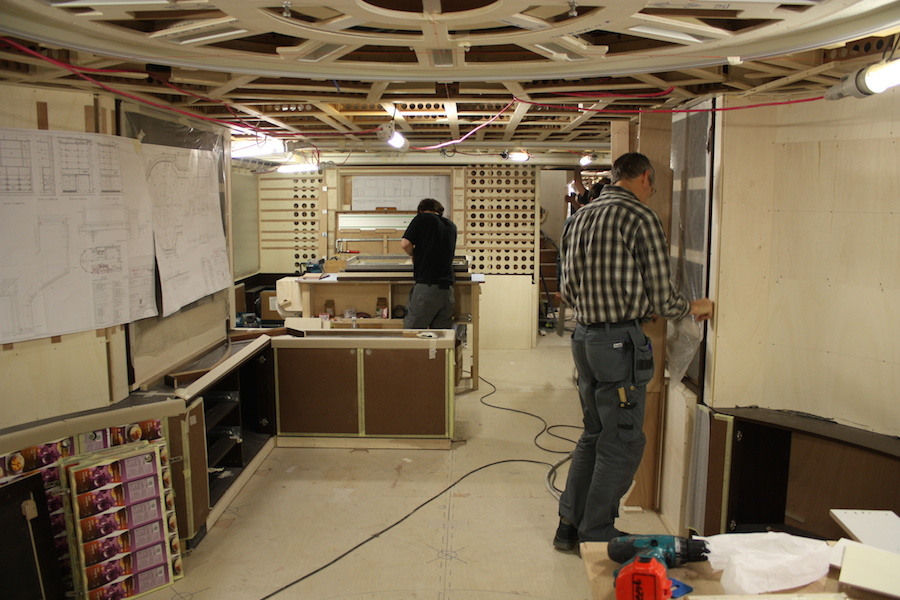
- The choice is made. What's next?
- They chose a designer and a naval architect and we start working closely with them. Of course, everyone has a different approach to working with the client, but usually it is divided into several stages. First, the development of the preliminary profile of the yacht and the preliminary deck plan of the yacht. During these stages, the designer works closely with the naval architect and systems engineer to avoid problems that may arise at an early stage.
Once these stages are completed, we prepare a package of documentation that includes: a theoretical drawing of the hull, a preliminary estimate of weight, speed, range, calculations of stability and tonnage. And at the end of the detailed elaboration of the project begins. The list of the basic equipment and the technical specification of the yacht are prepared, the final drop-down plan of the project in AutoCAD and the drawing showing cross-section of the vessel on DP with the specified heights of interior premises is prepared.
All these documents are equally important. This is the foundation for all future calculations and relationships.
The main thing here is that all project participants are constantly communicating live - «everyone needs the same»work. All the wishes of the client should be taken into account.
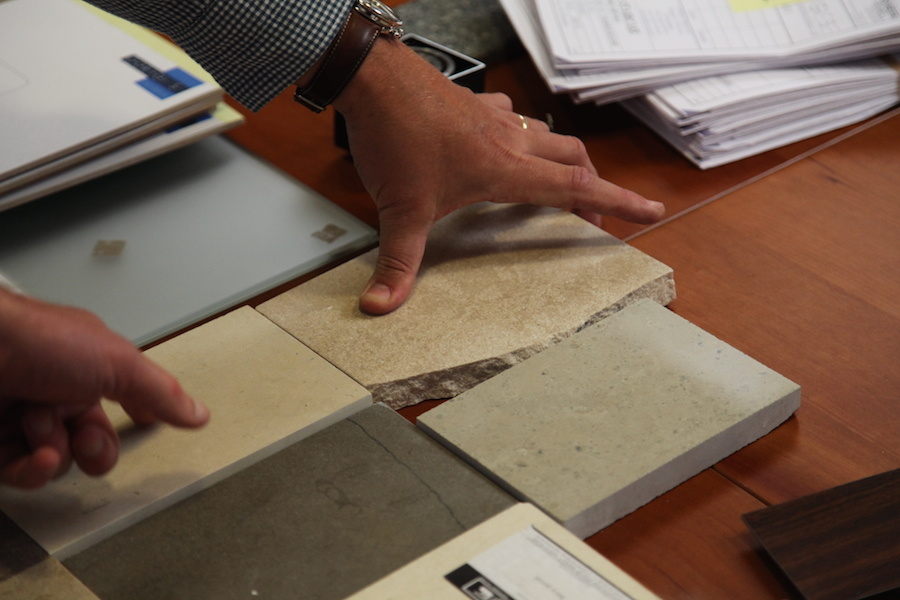
- What will the customer get in the end?
The customer will receive a package of documents consisting of a deck plan, speed, range, tonnage and weight of the yacht, a theoretical drawing of the hull and a technical specification. This is enough to start negotiations with the shipbuilders. It is possible to hold a tender among shipyards or go to an already popular shipyard and discuss the price and contract terms with them.
By the way, a yacht specification is the cornerstone of everything.
What is written there, the client will receive in the end. It is important that it is as detailed as possible in terms of technical properties and performance of various equipment, should contain quality criteria. If it is written the «yacht will be painted», you will get a painted yacht, but you will never be able to show the shipbuilder anything if you can see through the paint bends and all surfaces will be covered with shagreen and blisters.
- Blister?
- Looks like paint swelling. Actually, you don't have to be afraid of seeming boring when it comes to specifications. It's better to take the time to figure out all the details than to swear and anathema everyone.
- What is the most difficult at this stage?
- To understand what a future owner really wants from a yacht, to help him avoid the options imposed by the yard's marketers.
- Like what?
For example, an opening lapseport in the owner's cabin.
- And what is wrong with it?
- Actually, everything. It can only be opened under certain marine conditions, this work is done by the crew, the crew will also have to bring and install a leer fence. This whole operation will take 30 minutes. In the end, the moment for which all this was conceived will be lost. From inside the laptop and its mechanisms look, so to speak, unusual and dissonant with the overall design of the interiors.
- Yeah, there's a lot of nuances.
- There are not just many of them, there are thousands. That is why it is very important for the future owner of a yacht to find an attorney in this matter. There is no need to try to solve the situation by yourself or with the help of your home office. You will see the problem when you are reproached and the project manager sees the problem at the beginning of the journey. It is like walking through a maze - it is better when someone has a map and experience of going through it. My point is, everyone has to do their own thing. Remember the video with Harry Oldman, where he talks about unnecessary people in the cinema.

- The roller is visual, but let's go back to our yachts - the client received an impressive package of documents from the architect and designer...
- Next we choose a shipyard and sign a letter of intent with it (usually the shipyard initiates the signing of this document, for the legal framework of cooperation before signing the main contract). This is where work begins on the final agreement of the specification and the floor plan. The shipyard will always have notes, comments, clarifications. And the task of the customer's representative is to make sure that his interests are not infringed.
At the same time we start working with the draft construction contract. In it too it is necessary to consider many nuances: from cost of norm hour at calculation of changes to the contract to shipyard responsibility if the yacht will not reach specification characteristics.
At the end of this stage, we have a set of documents that includes: the construction contract, the payment schedule, the client's delivery schedule, the overall project schedule, the technical specification and the deck plan.
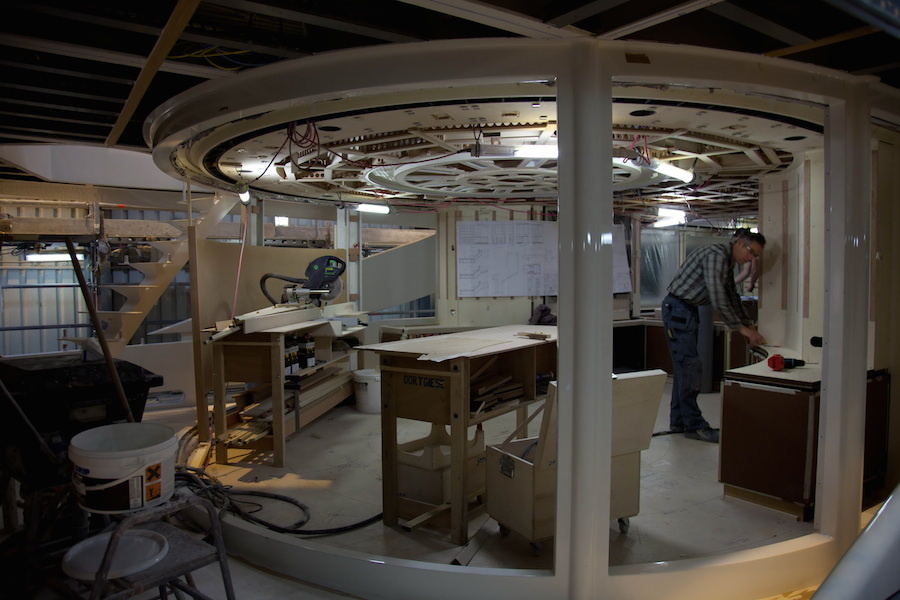
- Who checks all this information? I doubt it can be done on its own.
- Checking a lot of people. In each case, it's up to you to decide how best to do it. If you're building a serial project somewhere on Heesen, it makes no sense to climb up to them with a kuhlmann and teach them how to build. If you build a boat to order on the same Heesen, it would not hurt to check the drawings in more detail. But then again, everything depends on the terms of the contract and the specification.
Of course, if you build somewhere in Turkey, Russia or China, you have to control the installation of each bolt (what material, who is the manufacturer, where bought, how installed).
For such projects, a project team is formed, which includes assembly and welding specialists, electricians, mechanics, insulators, paint and interior inspectors.
- What role do you play?
- I act as the project director in this case. I do the same as any director: I am responsible for the work of the whole unit, for its policy and development in general.
- Is it hard to manage a project when the employees are not in the office behind the wall, but are spread across countries and time zones?
- Yes, in general, it's hard the first hundred years, then you get used to it. The main thing is to organize the process properly. We have our own reporting system, there is a common documentation base on a dedicated server, there are schedules, there is a desire of people to work for results with soul and fire. The project as a result - it's a well-oiled and calibrated mechanism that moves on a predetermined trajectory, and you at certain points set him the necessary vector of motion.

